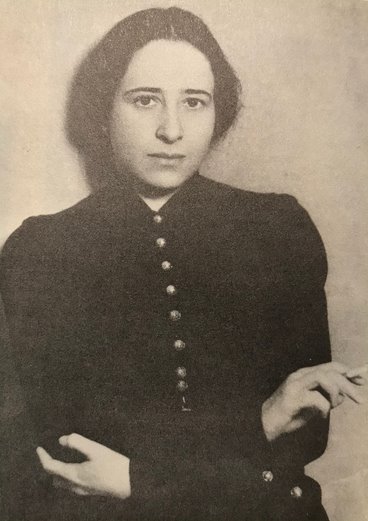Arendt had the good fortune to be brought up in Königsberg, the home of Immanuel Kant, whom she took very seriously indeed. Königsberg might look like a backwater, but in the 18th century it was incredibly cosmopolitan. It had seven bridges, and there’s this wonderful game you can play which is to try to work out how you can get through the town while crossing each of those seven bridges but not crossing any one twice. This is where Kant, who used to cross those bridges, comes in.
What Kant and his generation worked out is that you didn’t actually have to spend all your life running around the bridges. You can use mathematical reason. You can use pure reason to work out that, in fact, you can’t cross each bridge only once; you have to cross one twice.
Kant was terribly important because he was the first person who said that how we think, and how our mind works, is absolutely constitutive about how we manage to be in the world.
So think about Kant – the great thinker; the great reasoner; the great theorist of mind – walking through Königsberg. Then fast forward to the early part of last century and imagine the young Hannah Arendt walking through those streets, crossing the same bridges. Thinking. She was from the start a thinker, a walker, a doer. She started reading Kant when she was only 16 and he taught her two things that she never, ever forgot: one, that we think; and two, that how we think has moral consequences in the world.


